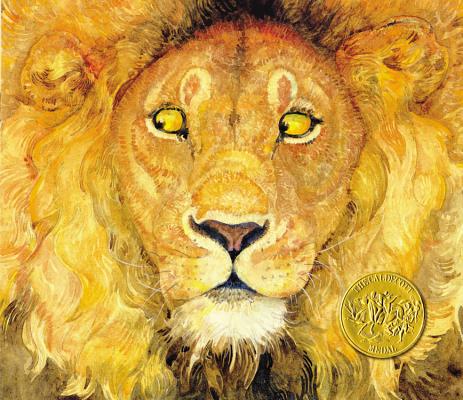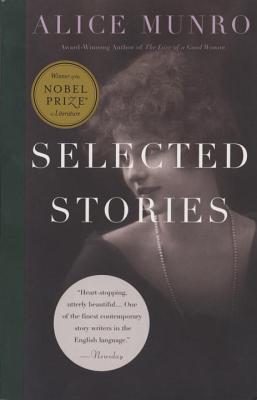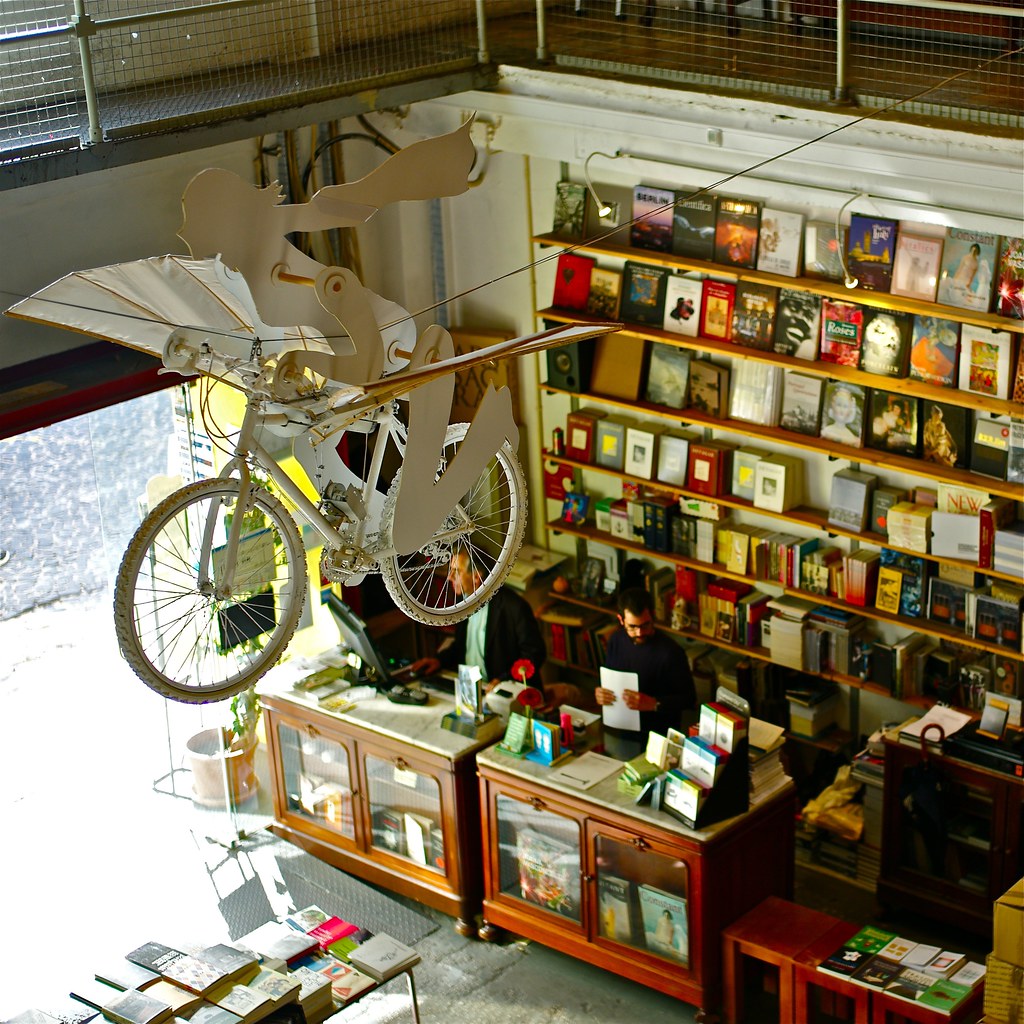The Millions has a great post about John Green’s The Fault in Our Stars and how we talk about books that make an emotional impact. Janet Potter says that she and others recommend The Fault in Our Stars by saying how much they cried/their friend will cry/etc, but she recognizes that’s an incomplete shorthand for ‘This book made me feel very deep emotions, some of them being sadness and grief, but also emotions of hope and love.’ Potter says:
“What we’re trying to say is: this book mattered deeply to me, I think it could matter deeply to you too. At some point I stopped experiencing this book as fiction, and started experiencing it personally. I read fiction so that the characters’ stories, for the time that I’m reading the book, or hopefully longer, will be important to me. And for as many books as I go through, it’s rare for one to succeed. What we’re trying to say to each other is that this is one of those rare books; that you will love the characters the way you love real people, they will make you laugh and cry and want to live a better life. We’re saying, I felt something transforming. You should feel it too.”
That’s a fantastic way to describe what happens when you emotionally connect with a book. I certainly felt that with The Fault in Our Stars and have with many other books as well.
That said, Potter’s post got me thinking about a slightly different issue–the expectation of a book actually making you cry. Again, it’s very common to say, “Oh my gosh, read this, you’re totally going to cry.” But what happens when a reader doesn’t have that physical emotional reaction? Does that mean you didn’t connect with the book as much as a reader who did cry? Do we put too much focus on the act of crying?
It might be just my icy heart, but I tend to shy away from equating tears with emotional connection. I’ve certainly cried at my fair share of books (and might have spent an evening hysterical over a recent production of Our Town), but there have been a lot of times that I’ve been deeply moved by a sad story and not teared up.
For example, in fifth grade we read Where the Red Fern Grows. When my friends and I were discussing it before class, they all said “Oh my gosh, I cried so hard at the end.” I felt so awkward admitting I didn’t cry. Of course I was touched by the story and felt very sad at the ending, but that didn’t mean I needed to cry about it. Similarly, I loved The Fault in Our Stars (and will say that it gave me “all the feelings”), but I didn’t cry over it. When I think back on TFiOS, I’m most reminded of Hazel and Augustus in Amsterdam and the beauty and sadness and hope in those scenes–and these feelings don’t necessarily make me want to cry.
Does that mean I’m a cylon? No. (I know, that’s totally something a cylon would say.) But I remember being in fifth grade and worrying that I wasn’t having an appropriate emotional reaction to Where the Red Fern Grows. I was sad, so why wasn’t I crying? The thing is, you don’t have to cry about something. Emotions don’t always have to get processed in the same way for everyone. Some people cry at sad books and find catharsis in that; others process their feelings of grief and loss differently. Both responses are okay.
In eighth grade I read Night by Elie Wiesel and spent the entire book hysterical; the ending of Of Mice and Men made me tearfully throw my book across the room; but I can count the number of times a book as actually elicited tears on one hand, whereas books I’ve read and felt a deep connection with are far more numerous.
Basically, I don’t think we should fault to the shorthand of “you’re totally going to cry” when we recommend deeply moving books. It’s selling our emotions short and sets up unreasonable expectations for emotional responses. So cry, don’t cry, whatever you need to do. Just don’t feel bad about your emotional reaction.





